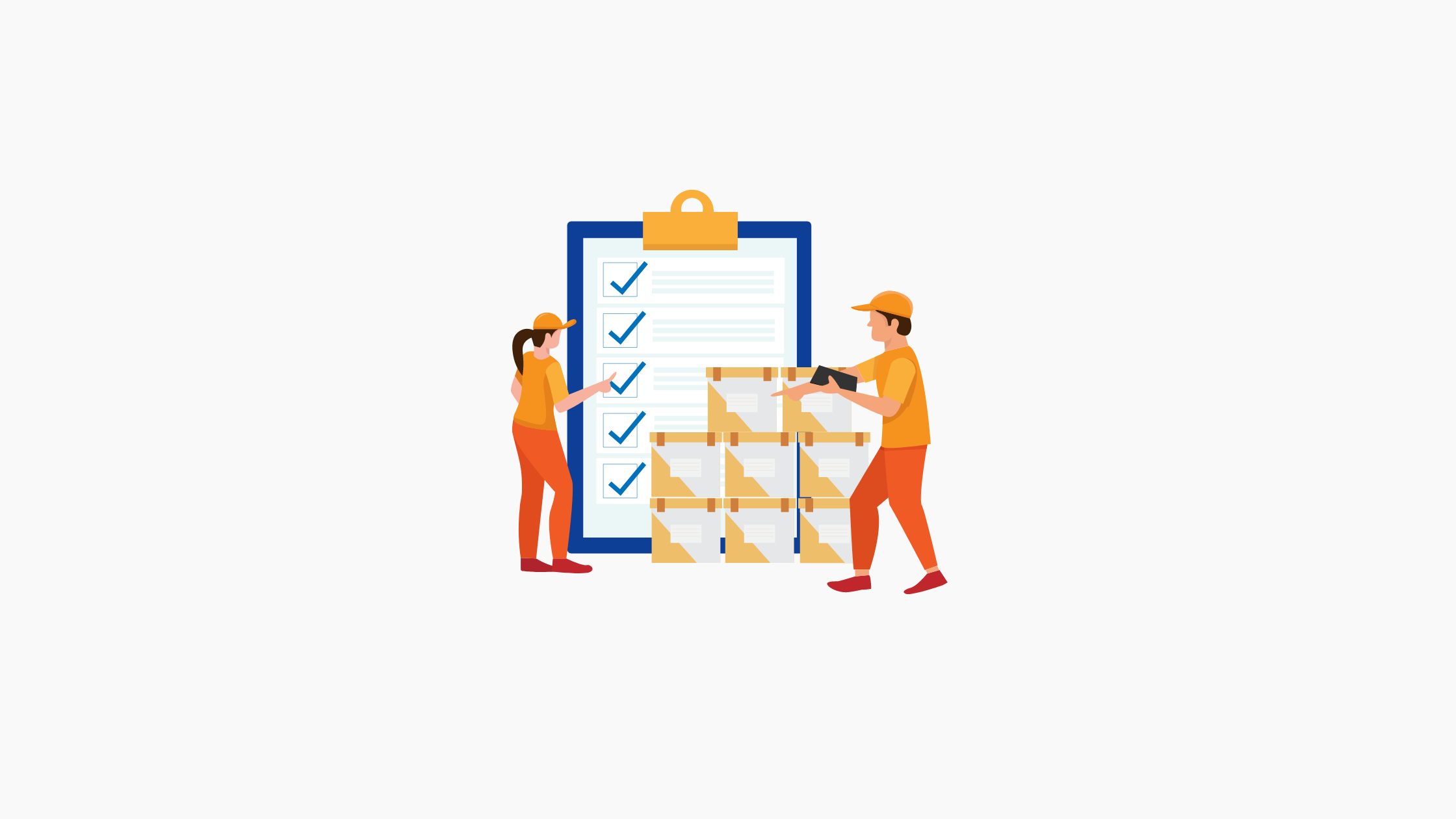Are you still managing fees for your school through traditional, manual processes?
In today’s fast-paced world, where technology is reshaping every aspect of our lives, why should fee management remain stuck in the past?
The traditional fee management process, relying on paper-based systems and manual calculations, can be cumbersome, error-prone, and time-consuming. However, with the advent of automated fee management solutions, schools can now embrace a more efficient, transparent, and streamlined approach to handle fees.
In this article, we will explore the differences between the traditional fee management process and automated fee management systems, highlighting the benefits of adopting modern technology to revolutionize the way schools manage fees. So, let’s get started!
What Is Traditional Fee Management Process?

The traditional fee management process refers to the conventional approach that educational institutions have historically used to handle fee-related tasks. In this system, schools typically rely on manual processes, paper-based documentation, and face-to-face interactions to manage fee collections and related financial transactions.
Parents or guardians visit the school’s administrative office to make fee payments in cash or by issuing checks. The administrative staff manually records each payment, updates fee balances, and issues receipts.
In a traditional fee management process, fee reminders are often communicated through physical notices, and the responsibility of tracking outstanding dues falls on the administrative staff.
This method can be time-consuming, prone to errors, and may lead to discrepancies in fee records. Additionally, handling a large volume of paperwork can make the process inefficient and less transparent.
While the traditional fee management process served its purpose in the past, advancements in technology have led to the emergence of automated fee management systems. These modern solutions offer a more streamlined, accurate, and convenient approach to fee management, reducing the burden on both parents and school administrators.
What Is an Automated Fee Management System?

An Automated Fee Management System is a sophisticated software solution designed to streamline and optimize the fee collection and management process in educational institutions.
This modern technology replaces the conventional, manual fee management processes with a digital, automated approach, revolutionizing the way schools handle fees. The system integrates seamlessly with the school’s administrative processes, enabling efficient and accurate fee processing, real-time tracking, and improved financial transparency.
With an Automated Fee Management System, parents and guardians can conveniently pay fees through various digital payment options, such as credit/debit cards, online banking, or mobile wallets.
This eliminates the need for physical cash handling and reduces the chances of errors in transaction records. The system automatically updates fee balances and generates digital receipts, providing real-time accuracy and eliminating paperwork.
Traditional Fee Management Vs Automated Fee Management: A Comparative Guide
| Feature | Traditional Fee Management | Automated Fee Management |
| Fee Payment Methods | Cash or Checks | Digital Payment Solutions |
| Payment Convenience | Limited convenience for parents | Online Fee Payment options |
| Payment Security | Risk of theft or loss | Enhanced Payment Security |
| Fee Reminders | Manual notices | Automated reminders and notifications |
| Real-time Fee Tracking | Manual updates | Real-time tracking and updating |
| Data Security | Physical records at risk | Robust encryption protocols |
| Customizable Fee Structures | Limited flexibility | Tailored fee structures |
| Administrative Efficiency | Time-consuming tasks | Minimizes manual workload |
| Financial Insights and Reporting | Limited data-driven insights | Data-driven reports and analytics |
| Parent-School Communication | Manual interactions | Improved transparency and communication |
Fee management is a crucial aspect of school administration, and over the years, it has undergone a significant transformation. Traditional fee management processes, relying on manual tasks and paperwork, have given way to modern, automated fee management systems, harnessing the power of technology to streamline operations.
Now, let’s explore the key differences between the traditional and automated fee management processes –
1. Processing Fee Payments
In the traditional fee management process, parents or guardians visit the school’s administrative office to make fee payments in cash or by issuing checks. This manual approach can be time-consuming for both parties involved. Moreover, handling cash transactions can present security risks, and maintaining accurate records becomes challenging.
On the other hand, automated fee management systems offer digital payment solutions, enabling parents to pay fees conveniently through online portals or mobile apps. The system supports various payment options, including credit/debit cards, online banking, and mobile wallets.
This digital advantage not only saves time but also improves payment security, as sensitive financial information is protected through encryption protocols.
2. Fee Collection Efficiency
In the traditional process, schools often rely on physical notices to remind parents about fee payment due dates. This manual method may lead to missed reminders and delayed payments, impacting the school’s cash flow and budget planning.
Automated fee management systems address this challenge by sending automated fee reminders and notifications to parents through emails, SMS, or in-app notifications. This proactive approach ensures parents are promptly informed about upcoming payment deadlines, significantly reducing instances of late payments and improving fee collection efficiency.
3. Accuracy and Transparency
In traditional fee management, manually updating fee balances and generating receipts can result in errors and discrepancies. Additionally, reconciling physical records can be time-consuming and tedious.
Automated fee management systems offer real-time tracking and updating of fee payments. The system automatically records each transaction and updates fee balances instantly. Parents can view their ward’s fee details, payment history, and upcoming dues through the online portal, ensuring transparency and accuracy in the fee management process.
4. Data Security and Payment Security
In a traditional fee management process, physical records and cash transactions may pose security risks. Sensitive financial information can be at risk of loss, theft, or misplacement.
Automated fee management systems prioritize data security and payment security. These systems employ robust encryption protocols to protect sensitive financial data, ensuring that transactions are secure and confidential. Adopting an automated system mitigates the risks associated with physical handling of cash and financial documents.
5. Personalization and Flexibility
Traditional fee management processes may offer limited flexibility in configuring fee structures. Educational institutions often have diverse fee requirements based on grade levels, optional fees, or scholarship programs.
Automated fee management systems provide customization options, allowing schools to tailor fee structures according to specific criteria. Whether it’s providing sibling discounts, offering scholarships, or implementing different fee categories, the system can handle various fee scenarios accurately, providing a personalized experience for parents.
6. Administrative Efficiency
In a traditional fee management process, administrative staff are burdened with manual tasks such as data entry, record-keeping, and generating receipts. These tasks can be time-consuming and detract from other crucial administrative duties.
Automated fee management systems minimize the manual workload for administrative staff. With digital payment solutions and real-time tracking, the system automates various processes, freeing up time for school staff to focus on other essential administrative responsibilities.
7. Financial Planning and Reporting
Traditional fee management processes may lack comprehensive reporting and analytics, making it challenging for schools to gain insights into fee collections, pending payments, and payment defaulters. This can hamper accurate financial planning and budget forecasting.
Automated fee management systems provide data-driven insights through detailed reports and analytics. Schools can access real-time information on fee collections, outstanding dues, and fee defaulters, enabling them to make informed financial decisions. This data-driven approach enhances financial planning and ensures efficient resource allocation for the institution’s growth.
The Bottom Line
The comparison between the traditional fee management process and automated fee management systems clearly demonstrates the significant advantages of embracing automation in schools.
Automated fee management systems offer a digital advantage, ensuring secure and efficient digital payment solutions, online fee payment options, and enhanced payment security.
As the education landscape rapidly evolves, technology continues to reshape every aspect of school administration. Automated fee management systems are undoubtedly the future ahead for educational institutions. The digital transformation they bring not only optimizes fee management but also enhances the overall efficiency of school operations.
Schools should adopt automated fee management systems at the earliest to stay ahead in this competitive educational environment. Embracing automation enables schools to foster strong parent-school relationships, as parents benefit from the ease and transparency of digital fee management.
Moreover, adopting automated systems showcases the school’s commitment to embracing technology for improved service delivery, elevating its reputation in the eyes of stakeholders.








